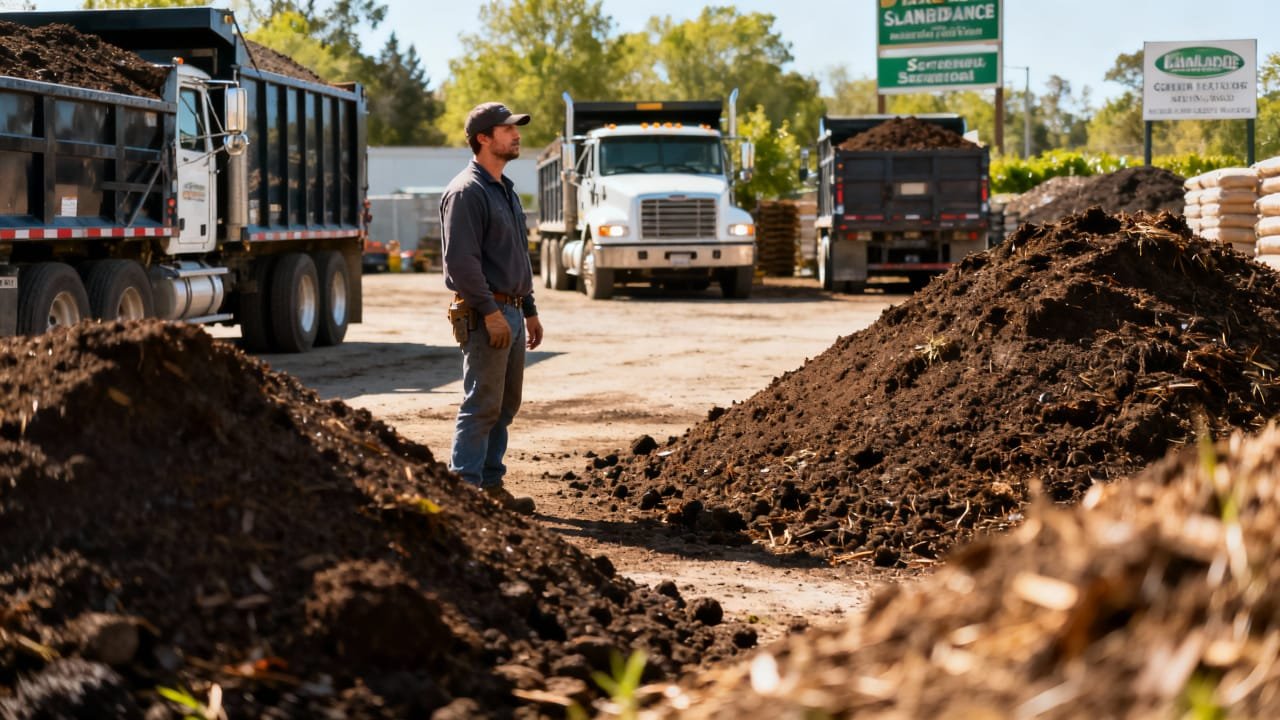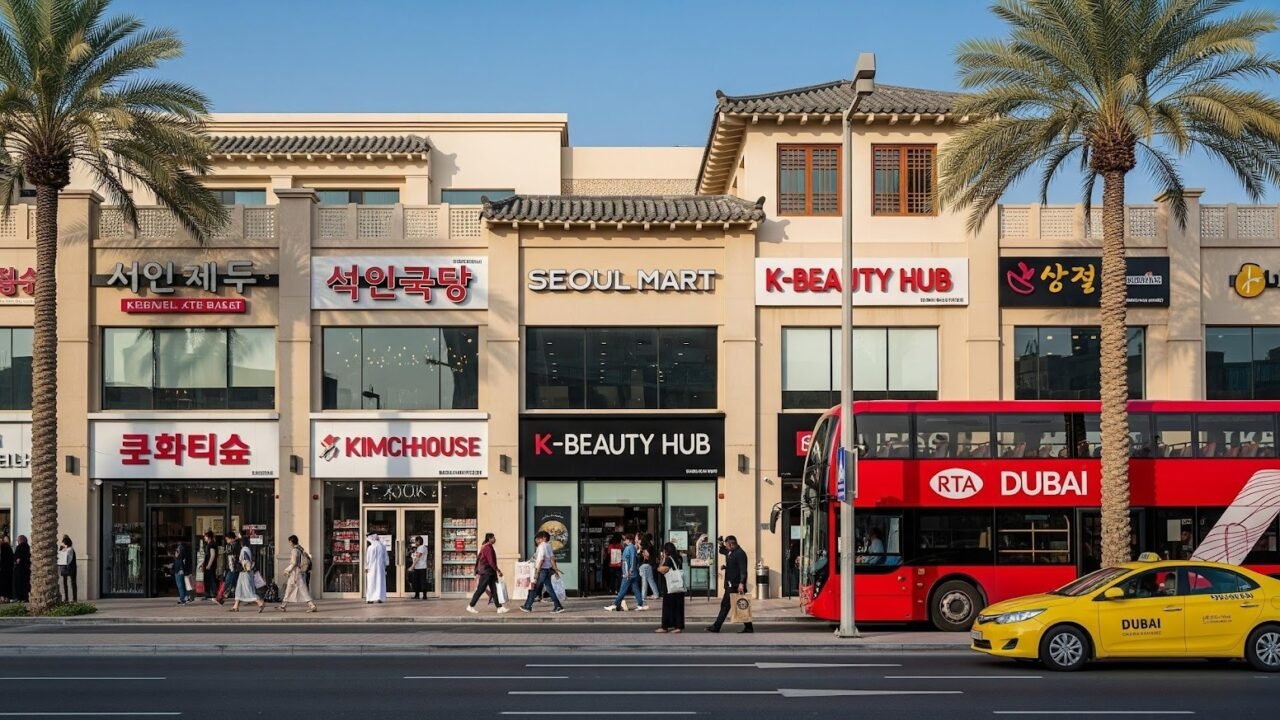If you’re looking for a business that combines sustainability, low overhead, and high local demand, a topsoil screening business may be the perfect fit. With more builders, landscapers, and municipalities focused on recycling and reusing materials, screened soil has become a profitable commodity. Entrepreneurs who invest in topsoil screeners can turn what was once considered waste dirt into a marketable, high-value product.
This guide walks you through how to start a soil screening business, including startup costs, equipment selection, marketing strategies, and key success tips for turning dirt into dollars.
1. Understanding the Topsoil Screening Business
A topsoil screening business involves collecting, cleaning, and reselling soil that has been filtered to remove rocks, roots, and debris. The end product — screened topsoil — is used by landscapers, contractors, and homeowners for lawns, gardens, and construction projects.
Screening improves the soil’s texture, drainage, and consistency, making it easier to spread and more appealing to buyers.
This business fits perfectly within the broader trend of soil recycling business ideas, where environmental responsibility meets profitability. By reclaiming and refining existing soil instead of sourcing new material, you save natural resources and reduce landfill waste — while earning steady income.
2. Why It’s a Profitable Opportunity
Demand for topsoil is rising due to urban expansion, landscaping projects, and green infrastructure development. However, high-quality screened topsoil is often in short supply locally. This gap creates an opening for entrepreneurs with the right equipment and marketing plan.
The benefits of entering this niche include:
- Low startup costs compared to traditional construction or recycling operations.
- High markup potential, as screened soil can sell for 20–50% more than unscreened dirt.
- Scalability, from small rural operations to commercial bulk supply.
- Eco-friendly appeal, attracting both private clients and government contracts.
With a reliable topsoil production equipment setup and smart logistics, even a single machine can process several hundred cubic yards per day — translating into significant revenue.
3. Essential Equipment and Startup Costs
To launch your topsoil screening business, you’ll need the right equipment to produce consistent, high-quality results. The most critical component is the screener itself.
Core Equipment:
- Topsoil screener: Portable or stationary machines that separate fine soil from rocks and roots.
- Loader or skid steer: For feeding soil into the screener and managing output piles.
- Dump truck or trailer: To transport soil to and from job sites.
- Power source: Diesel or electric engines, depending on your screener model.
Basic startup setups typically cost between $25,000 and $75,000, depending on the size and capacity of your screener. Entry-level models are ideal for new entrepreneurs, while high-volume topsoil screeners for sale can handle larger loads for commercial-scale operations.
4. Choosing the Right Topsoil Screener
Your equipment is the backbone of your business, so it’s worth investing in reliability and efficiency. When evaluating topsoil screeners, consider these factors:
- Capacity: How many cubic yards per hour can it process?
- Portability: Mobile units allow you to screen directly on client sites.
- Power source: Diesel for outdoor jobs, electric for quieter, indoor or urban use.
- Screen size options: Adjustable mesh sizes for different soil types and applications.
- Ease of maintenance: Look for quick-change screens and accessible parts.
Modern designs also feature self-cleaning decks, which prevent clogging and reduce downtime — essential for maximizing productivity.
5. Finding Your Raw Material Sources
You don’t necessarily need to own land to start screening. Many successful soil businesses source raw material from:
- Construction sites — excavated soil that would otherwise be discarded.
- Municipal or landfill facilities — yard waste and compost piles.
- Demolition and grading contractors — surplus dirt from site prep work.
- Agricultural properties — mixed soil and organic debris from field clearing.
Establish relationships with local builders and municipalities to secure steady soil supply. Often, they’ll pay you to remove their excess material — giving you both supply and profit at once.
6. Preparing and Screening the Soil
Once you have raw material, the next step is processing it. The goal is to create clean, uniform, and sale-ready topsoil.
Here’s a simple workflow:
- Collect and stage raw soil. Pile it near your screening area for easy loader access.
- Feed soil into the screener. Control your feed rate to maintain smooth throughput.
- Separate materials. The screener filters fine soil through mesh while ejecting rocks and debris.
- Inspect and test. Check for consistent texture and moisture.
- Store and cover. Keep finished soil protected from rain to maintain quality.
Consistent screening is key — customers expect the same quality with every delivery.
7. Marketing Your Screened Topsoil
Marketing determines how quickly you grow. Your goal is to position your company as a reliable landscaping material supply business that delivers clean, ready-to-use topsoil.
Effective Marketing Channels:
- Local SEO: Create a Google Business Profile and optimize for “screened topsoil near me.”
- Social Media: Post videos showing your screening process and before/after results.
- Partnerships: Collaborate with landscapers, garden centers, and developers.
- Signage: Place branded signs near high-traffic construction zones.
- Referrals: Offer discounts for repeat customers and word-of-mouth recommendations.
Be transparent about your process. Showing how you screen and test your soil builds credibility and trust — two essential ingredients in this business.
8. Pricing Your Screened Topsoil
Pricing depends on your local market, transportation costs, and soil quality.
Here’s a basic breakdown:
- Unscreened soil: $10–$15 per cubic yard
- Screened topsoil: $20–$40 per cubic yard (or more for premium mixes)
Factors that justify higher prices include fine screening, organic enrichment, or blending with compost for improved fertility.
You can also charge extra for delivery or same-day pickup. Many successful operations bundle these services to boost overall revenue.
9. Licensing, Permits, and Legal Considerations
Before starting operations, ensure compliance with local regulations.
You may need:
- Business registration or LLC setup
- Land-use permits (for screening or storage sites)
- Environmental approvals (for soil recycling operations)
- Vehicle and equipment insurance
Consult with your local planning department to verify zoning requirements. In some areas, screening operations fall under soil recycling or aggregate processing, which may require additional licenses.
10. Expanding Your Services and Product Line
Once your business is stable, consider adding complementary products to diversify income:
- Compost and soil blends: Mix organic compost with screened topsoil to create premium garden mixes.
- Fill dirt: Offer coarse material for grading and foundation work.
- Gravel and sand screening: Use your equipment to process aggregates during off-season months.
These additional offerings keep your crew and machinery productive year-round — maximizing the return on your topsoil production equipment investment.
11. Tips for Long-Term Success
Running a profitable topsoil screening business takes consistency, quality control, and smart logistics. Follow these best practices to stay competitive:
✅ Maintain your screeners regularly. Clean screens daily and inspect bearings weekly.
✅ Keep your soil covered. Moisture changes can reduce quality and screening efficiency.
✅ Track demand trends. Spring and early summer bring peak landscaping sales.
✅ Build customer relationships. Contractors and nurseries often need repeat deliveries.
✅ Scale gradually. Start small, reinvest profits, and expand your fleet when consistent orders roll in.
Above all, focus on product quality. In this industry, the cleanest soil wins.
12. Calculating Profit Margins
Here’s a simplified example:
- Raw soil acquisition: Free (from construction sites)
- Screening cost: ~$5 per cubic yard (fuel, labor, equipment)
- Sale price: ~$25 per cubic yard
- Gross profit: ~$20 per cubic yard
If you screen 300 cubic yards per week, that’s $6,000 gross profit weekly — before overhead and transport costs. With efficiency improvements and steady clients, margins can increase even further.
13. Future Trends in the Soil Screening Industry
The soil industry is evolving with sustainability at its core. Expect to see:
- Electric screeners replacing diesel models for quieter, cleaner operation.
- Automated controls for moisture management and material sorting.
- Smart logistics for real-time delivery and inventory tracking.
Entrepreneurs who adapt early to these innovations will maintain an edge as environmental standards tighten and recycling becomes the new norm.
Conclusion
Starting a topsoil screening business offers an accessible entry point into the growing soil and landscaping supply market. With the right combination of topsoil screeners, business strategy, and customer focus, you can turn raw earth into recurring income.
This venture isn’t just about selling dirt — it’s about creating value from what others overlook. By understanding soil quality, streamlining your operations, and building strong local partnerships, you can establish a thriving landscaping material supply business that grows year after year.
In short: clean soil, clear profits, and a sustainable future — that’s the true power of a well-run soil screening operation.





